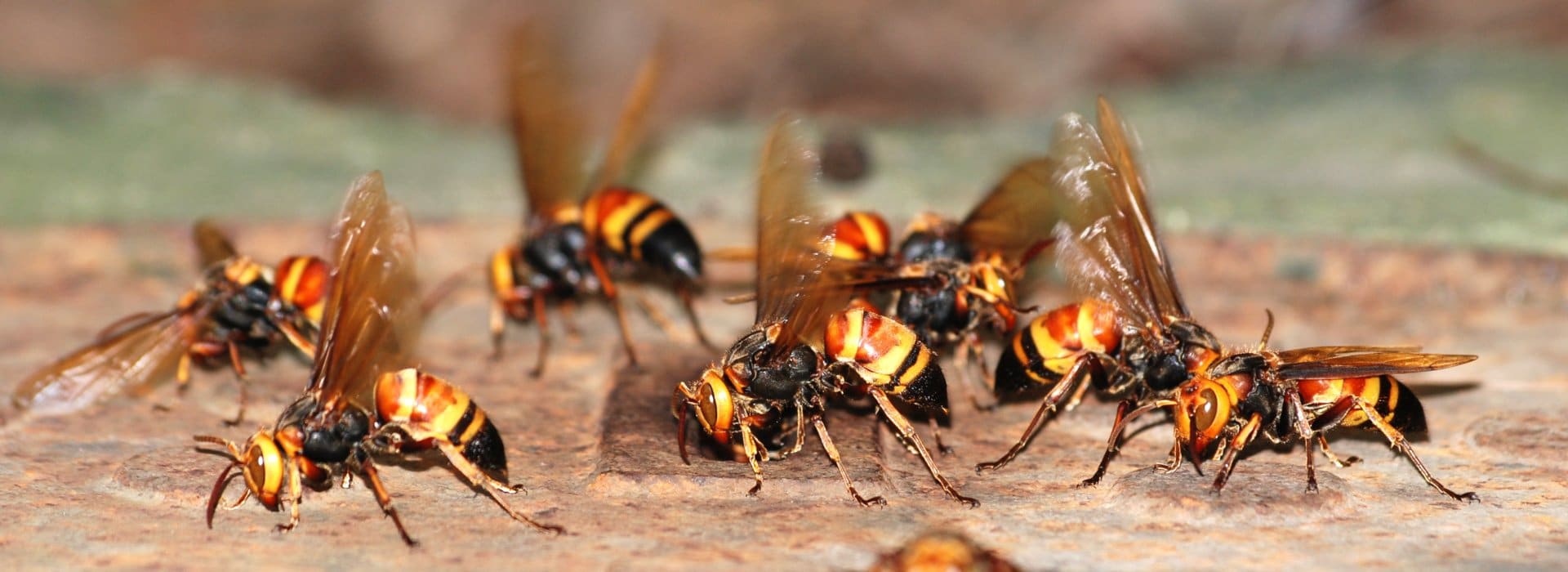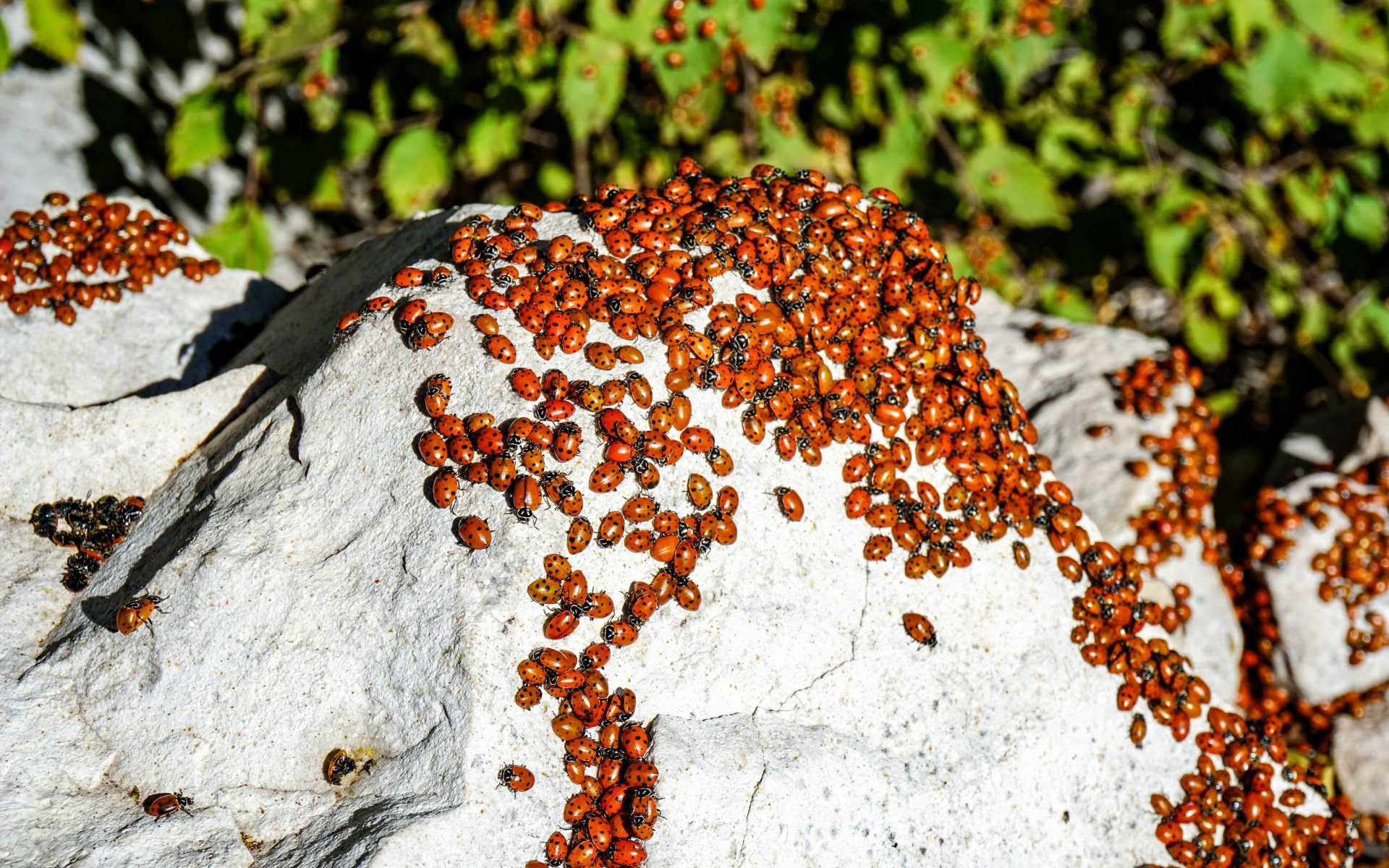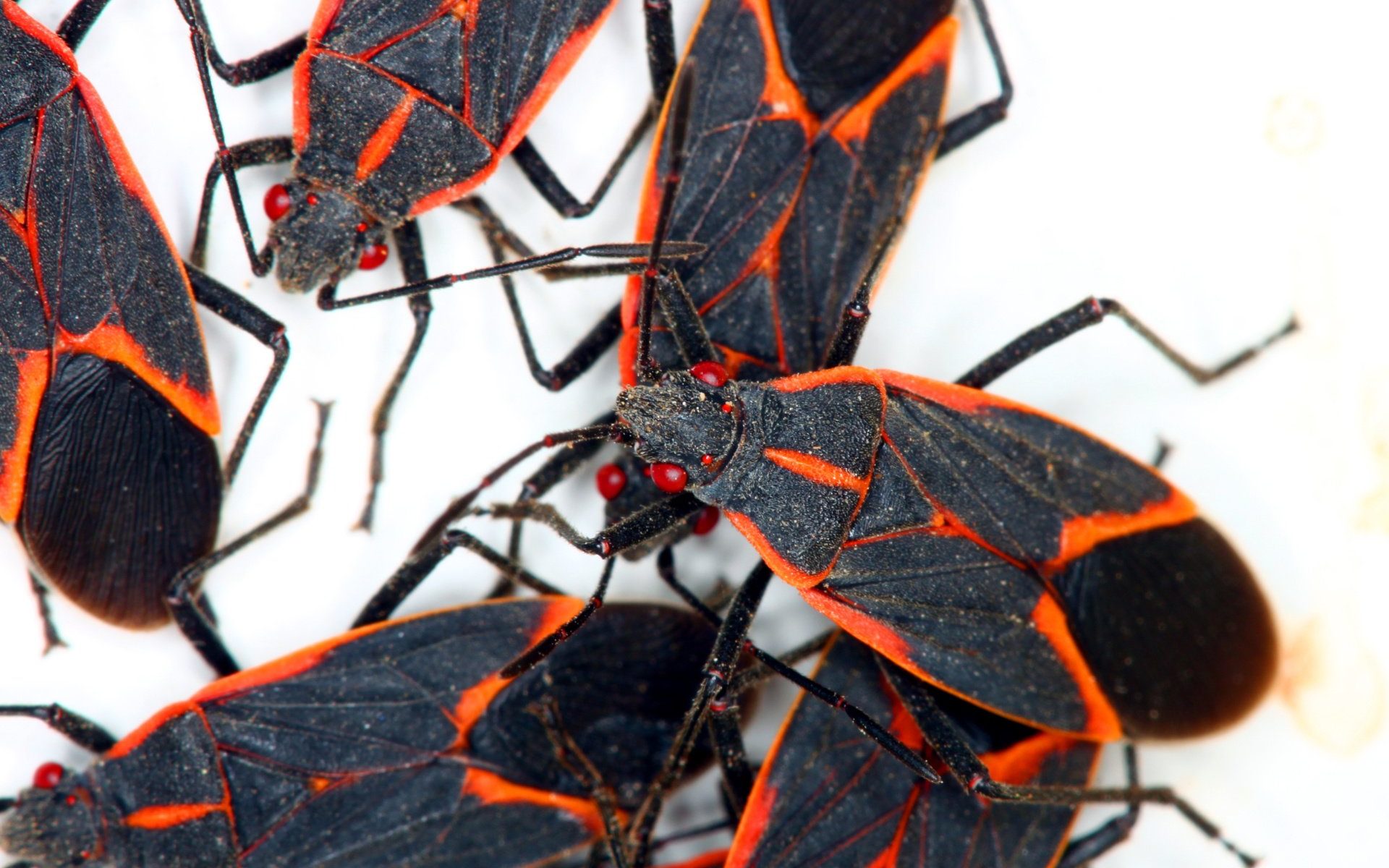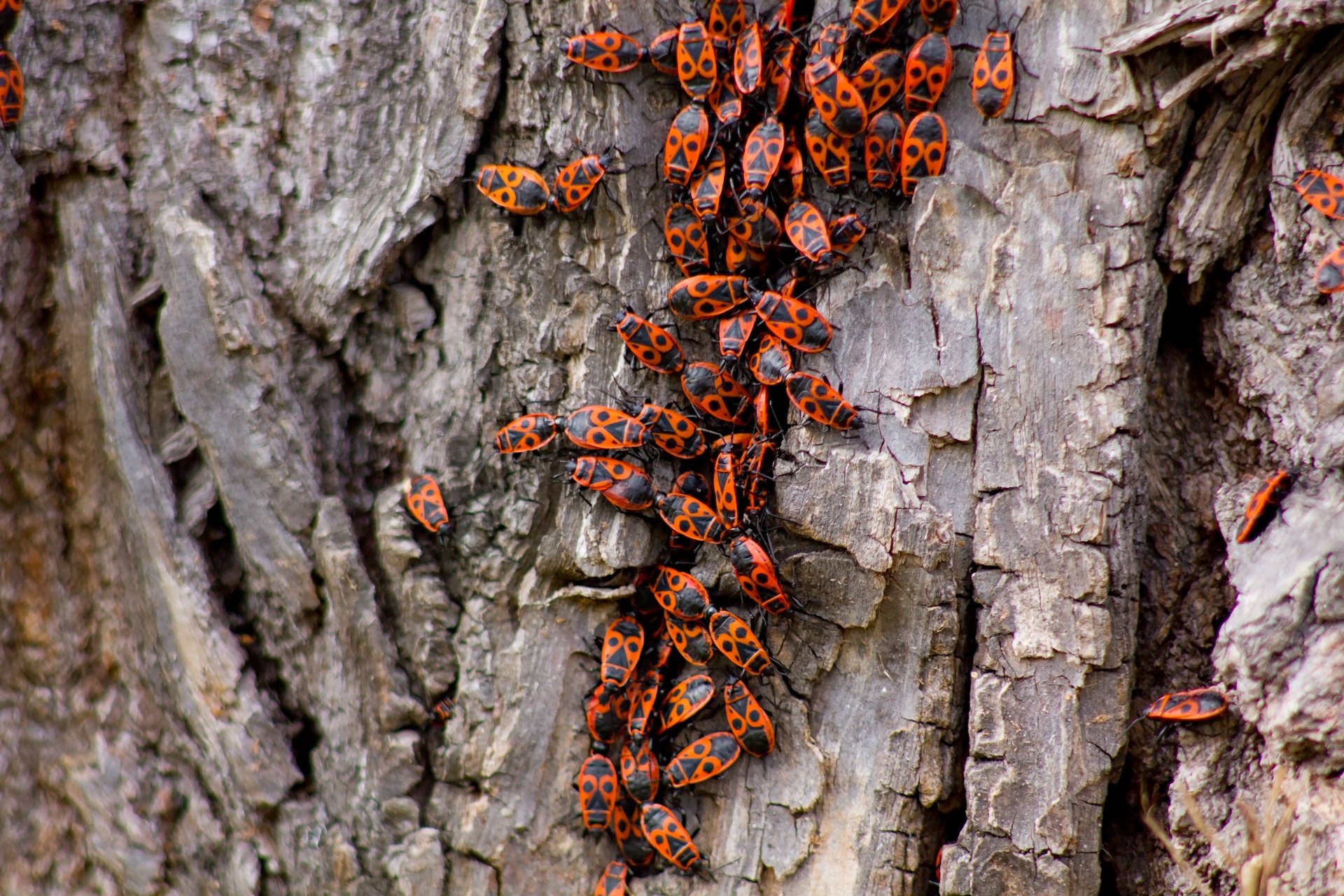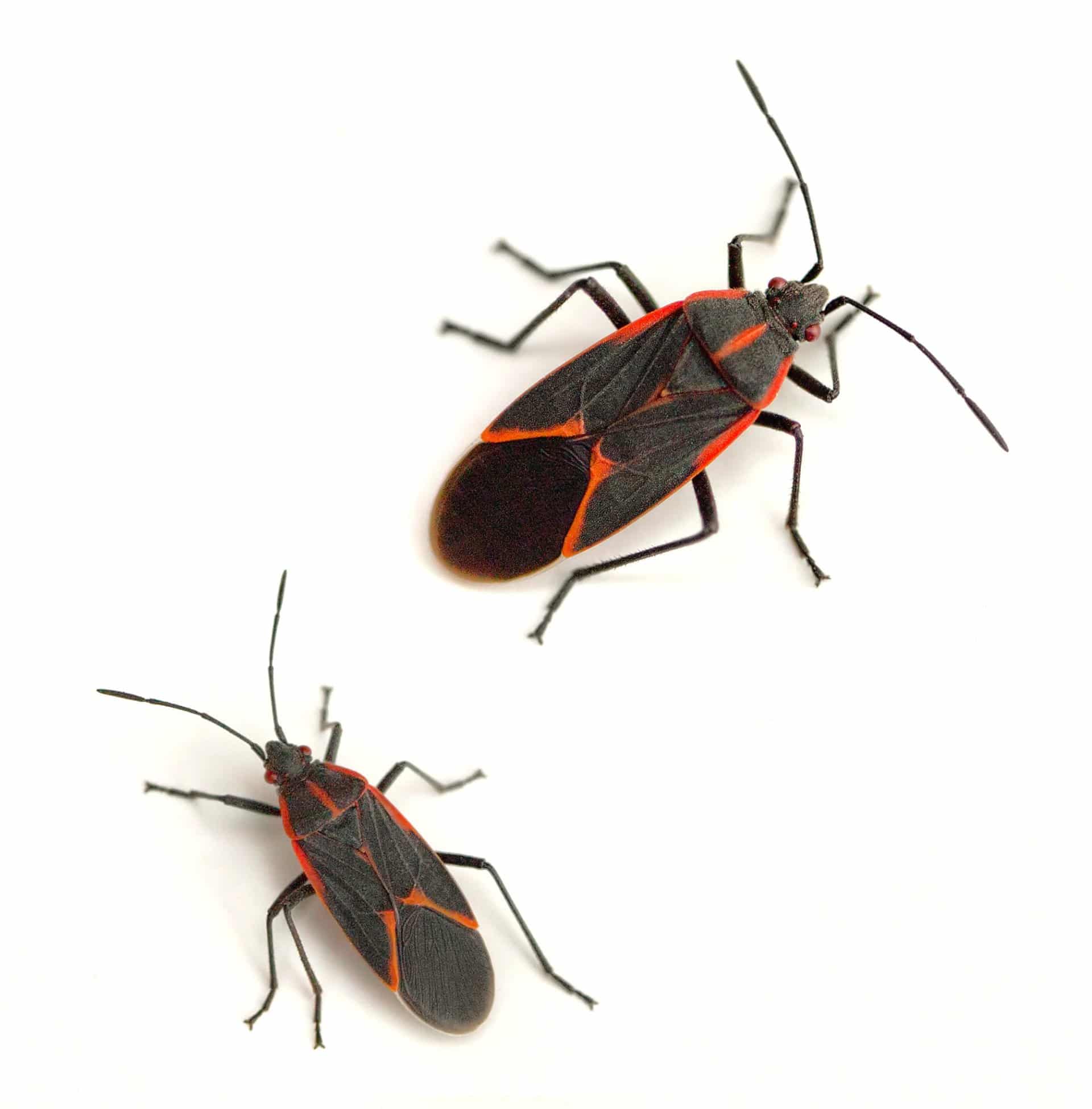
How do you prevent common household bugs from entering your home during the fall and winter? As temperatures drop, these nasty little nesters seek warmer hiding spots just like the rest of us do—and the unfortunate bit is that they might want to make your home their home. Common household bugs in Minnesota aren’t merely annoying: they can provide health risks to your family, including your kids and pets.

Ready to learn how to prevent bugs from entering your home? Curious about the cause of an infestation? Read on to learn about bug-proofing your home or business. At Environmental Pest Management we want you to be ready for this fall and winter.
Bar These Common Household Bugs From Entry
Stink bugs, bed bugs, ticks, ants, fleas and more are pretty common in the winter. They like food sources and places to hang out, which unfortunately means your home. Although approximately 95% of bugs will not harm humans, they can be a real nuisance, according to experts at the University of Arizona.
Seal Points of Entry from Outside
Bugs march in from the outside. If you’ve ever had ants, you know all about this. They sense a food source: box glue, your food, your pets, or you–and they’re ready to have a feast. You can only prevent this type of entry by sealing it off. Most structures have small points of entry that go unnoticed until an infestation. Find and block them.

Seal Interior Points of Entry
While it seems obvious to seal off entrances from the outdoors, there are points of entry leading to your interior walls and other parts of the house, including your basement and garage. Stop giving bugs another entry point: seal up areas behind household appliances; exposed plumbing, not-so-precisely created holes in the wall, and more.
If you only have one or two areas like this, a DIY option might be best: head to Lowe’s or Home Depot and ask about insulation material appropriate for the hole. (Make sure to mention what goes through the hole; some pipes might run hot or cold temperatures affecting the insulation type.)
Limit Access to Moist, Dark Spaces
Why do creepy crawlies like to live in your basement? Why do bedbugs hang out under your bed sometimes instead of in it? They like to hang out until it’s time to do something (like feed). They want their eggs undisturbed. And they love, love, love moist, dark spaces. Venture into your basement, find these spaces, keep them clean, and make them less wet.

The Cat’s Meow: Introduce a Safe, Domestic Natural Predator
Love them or leave them, cats do one thing well: they deter pests such as rats and mice and the fleas they carry. Large insects also steer clear of felines. Bugs smell cats, and their spidey senses tingle. They want no part of dealing with that kitty’s domain.
Also Read: Should Carpenter Ants Be On Your Radar This Spring?
Check Your Pets and Kids When They Come In
You, your kids, and your pets can inadvertently transport bugs into your home from the outdoors. Gross, right? Ticks are a significant health hazard, and they carry parasites that can damage the health of you and your family. It’s essential to check for them and other nasties when they come in. Here’s what you can do to minimize risk:
- Leave shoes at the door
- Take off coat or jacket immediately
- Remove hats and other outerwear in the foyer
- Do a tick check, especially in the fall after an encounter with leaves or activities such as hiking
- Bathe your pets regularly (but make sure they’re warm!)>
- Holiday gathering? Don’t pile guests’ coats on your beds (unless you want bedbugs)
Pick Up Clutter
You don’t have to be sink-full-of-dishes, never-clean-toilet dirty to attract bugs. Most of them like hiding out in clutter—especially bedbugs. Dark and dusty corners, piles of clothes, available books: bugs love those areas. Keep it clean to discourage insects from making homes there.

Keep It Clean, Folks
Common household bugs are also attracted to the stuff customarily considered ‘dirty,’ like dishes, undone laundry, and more. Maintain some basic cleanliness to prevent bugs. This can also help you discover a new infestation. Got bites after you pick up clothes from the floor? Check for fleas or bedbugs.
Tend To Your Yard
Got some crazy tall grass? It happens, especially at the end of the summer. If you hire lawn maintenance folks, sometimes they’ll switch to a seasonal schedule before it’s time, leaving that late summer grass to grow and shelter ticks in the early fall.
This is not good news for your home, as bugs love wet spots, tall grass, and debris. The more plant and wildlife you have out there, the more likely you are to get creepy crawly friends. Make sure you keep up your lawn maintenance to avoid bug problems, especially in the fall. Bag those leaves up to avoid ticks in particular and dispose of them according to your township’s rules.
Also Read: The Best Ways to Get Rid of Mice this Spring
More Bug Proofing Benefits
Bug proofing your home or business also yields more benefits. If you plug up all those holes and do your chores more methodically, you’ll save on energy bills. Plus, you’ll lower your stress, which is especially helpful during the holiday season.
If you want peace of mind concerning bugs, it’s best to have professionals like us come in to do a quick inspection. If we tackle this in the preventive stage, it’ll help ease your worries about winter and fall infestations.

Need Help Bug Proofing Your Home? Need to Stop an Infestation in its Tracks?
Environmental Pest Management of Burnsville, MN is here to help. Give us a call to stop those common household bugs from ruining the magic of fall and your holiday season. We’ll help you seal up those holes and bug proof your home, identifying any weak points in your building.
Have you seen the first signs of an infestation? It’s the best time to stop it and prevent a more substantial expense. We’re used to dealing with common household bugs, and we’ll take care of it for you.
We can perform these services for commercial properties as well. Give us a call today at 952-432-2221

